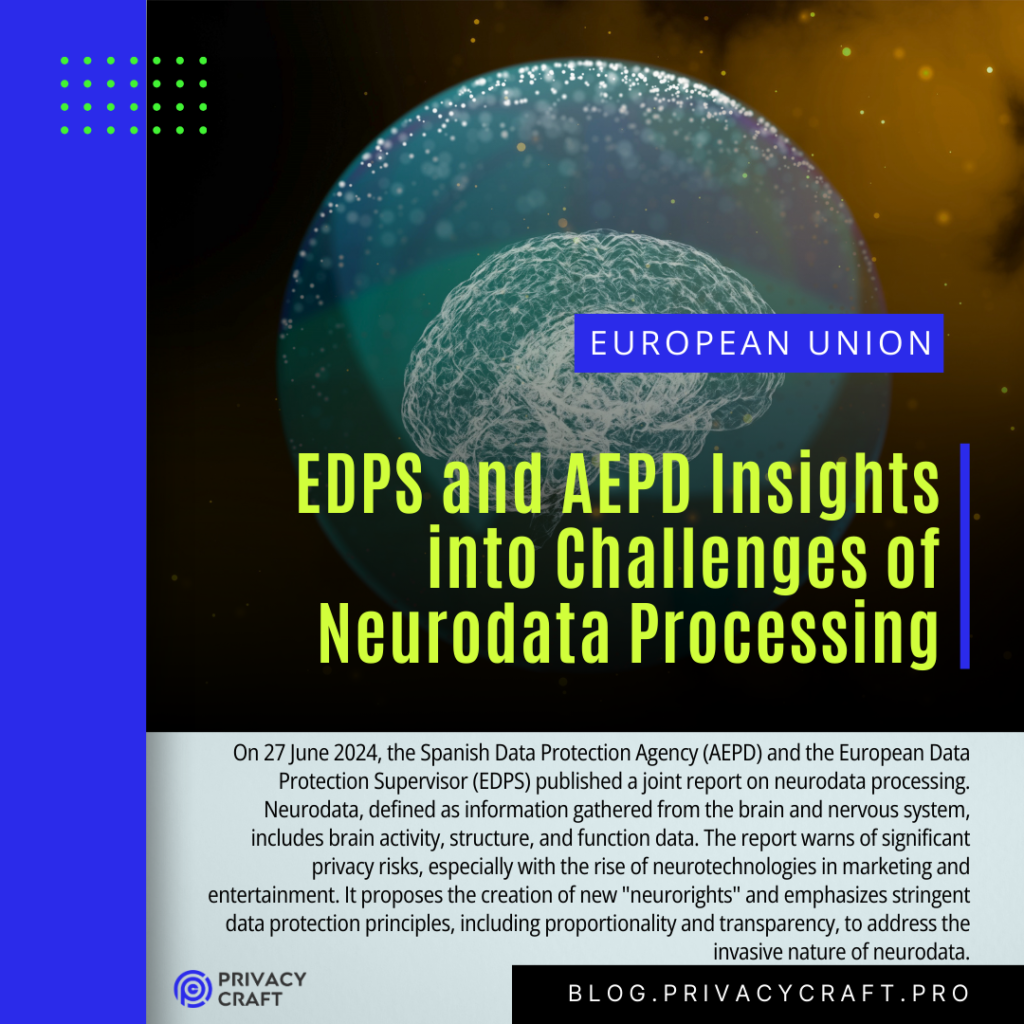The European Parliament’s recent study explores the rapid advancements in neurotechnologies (NT) and their implications for mental privacy. Initially confined to clinical applications, NT has now permeated consumer markets, offering enhancements in work, education, and entertainment. This transition presents a myriad of challenges related to data security, privacy, and ethical considerations.
Background and Context
The Neurorights Foundation (NRF), founded in 2017, champions the establishment of ‘neurorights’ to protect individuals from the potential misuse of NT. These rights encompass:
-
- The Right to Mental Privacy: Safeguarding brain data from unauthorized access.
-
- The Right to Personal Identity: Ensuring that NT does not alter one’s sense of self.
-
- The Right to Free Will: Protecting decision-making processes from NT manipulation.
-
- The Right to Equal Access to Mental Augmentation: Promoting fair access to cognitive enhancements.
-
- The Right to Protection from Algorithmic Bias: Preventing discriminatory practices in NT applications.
Key Findings and Implications
The study identifies several critical issues:
-
- Neuro-Enchantment and Socio-Technical Imaginaries: The allure of NT often leads to exaggerated claims and uncritical acceptance, termed ‘neuro-enchantment’.
-
- Neuro-Essentialism: The reduction of human experiences to neural activities, which can lead to oversimplified solutions to complex problems.
-
- Regulatory Gaps: Current legislation may not adequately address the unique challenges posed by NT. There is a risk of high-level legislation proposing new human rights without a thorough discussion of their practical implications.
Recommendations
The report proposes several policy options:
-
- Laissez-Faire/Non-Interference: Minimal regulation, allowing market forces to shape NT development. This could lead to unchecked risks and data security issues.
- Blanket Prohibition: Banning certain NT applications to prevent misuse, which could stifle beneficial innovations and economic opportunities.
- Orchestrated Steps: Implementing a coordinated approach to regulation, focusing on:
-
- Risk Evaluation: Extending beyond individual technologies to assess ecosystem impacts, especially for vulnerable groups.
-
- Public Communication: Enhancing NT literacy and ensuring transparent communication about benefits and risks.
-
- Legislative Adaptation: Updating existing laws to explicitly include neuro data and NT, following models like the AI Act.
-
- Research Funding: Supporting studies on NT’s long-term effects and potential side-effects.
-
- European Neurodata Space: Creating a secure data framework to protect European citizens’ brain data.
-
- Standardisation: Ensuring reliable and valid NT devices through robust standards.
-
- Laissez-Faire/Non-Interference: Minimal regulation, allowing market forces to shape NT development. This could lead to unchecked risks and data security issues.
You can find it here.
The EDPS TechDispatch #1/2024 (that I wrote about here) also emphasizes the critical need for data protection in the context of neurotechnologies, highlighting the risks of neurodata exploitation by private entities and law enforcement. While both the European Parliament study and the EDPS report address the ethical and legal implications of NT, the EDPS focuses more on the immediate regulatory and data protection measures needed to safeguard neurodata. The European Parliament study, in contrast, provides a broader, interdisciplinary evaluation, proposing specific neurorights and a balanced approach to regulation.

♻️ Share this if you found it useful.
💥 Follow me on Linkedin for updates and discussions on privacy, digital and AI education.
📍 Subscribe to my newsletter for weekly updates and insights – subscribers get an integrated view of the week and more information than on the blog.
